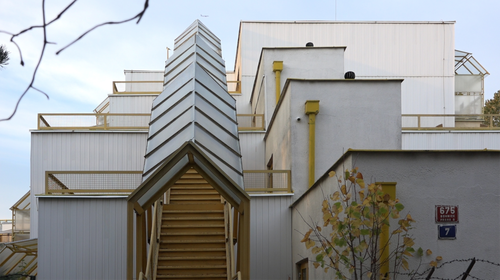
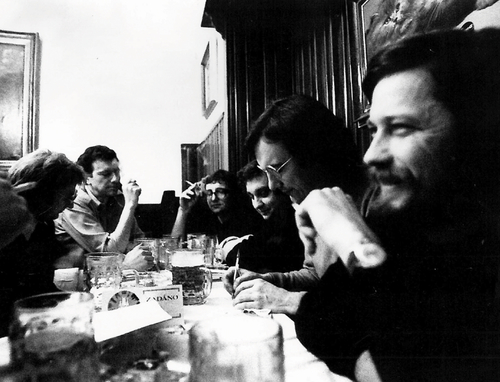
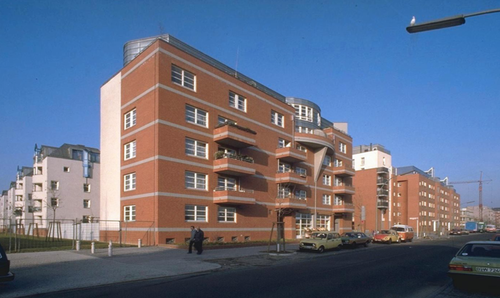
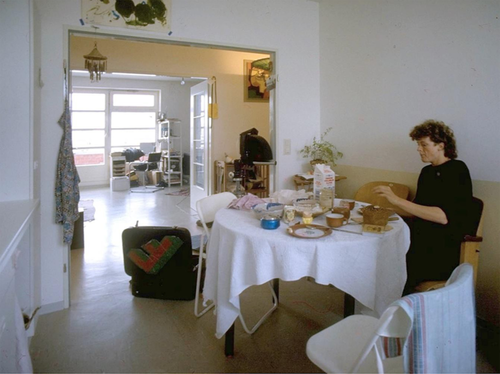
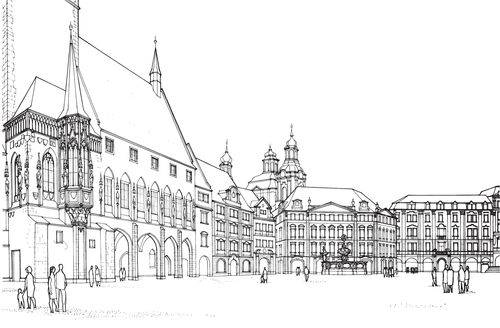
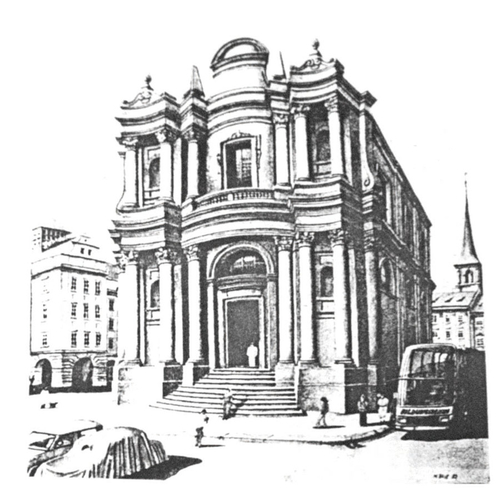
Czech architects, who had already been developing postmodern approaches in their work since the 1970s, considered the term postmodernism misleading and basically forbidden, much like many foreign architects. Whether they demonstrated postmodern strategies being consciously inspired by western architecture, or indirectly through their own exploration, remains a question. Though their postmodern approaches assumed subversive ironic meanings, they were social gestures and environmental calls, too. After 1989, also under the influence of critical regionalism, the terms new modernism, neofunctionalism, or simply functionalism—signifying an uninterrupted connection with the interwar tradition—were established to describe the work of these architects. As a result, there’s still some confusion about what should actually be considered the legacy of the Czech postmodern architectural heritage.
Send e-mail back »

ERA21 vydává ERA Média, s. r. o. |
|
|
Phone: +420 530 500 801 E-mail: redakce@era21.cz |
|
| WEBdesign Kangaroo group, a.s. |